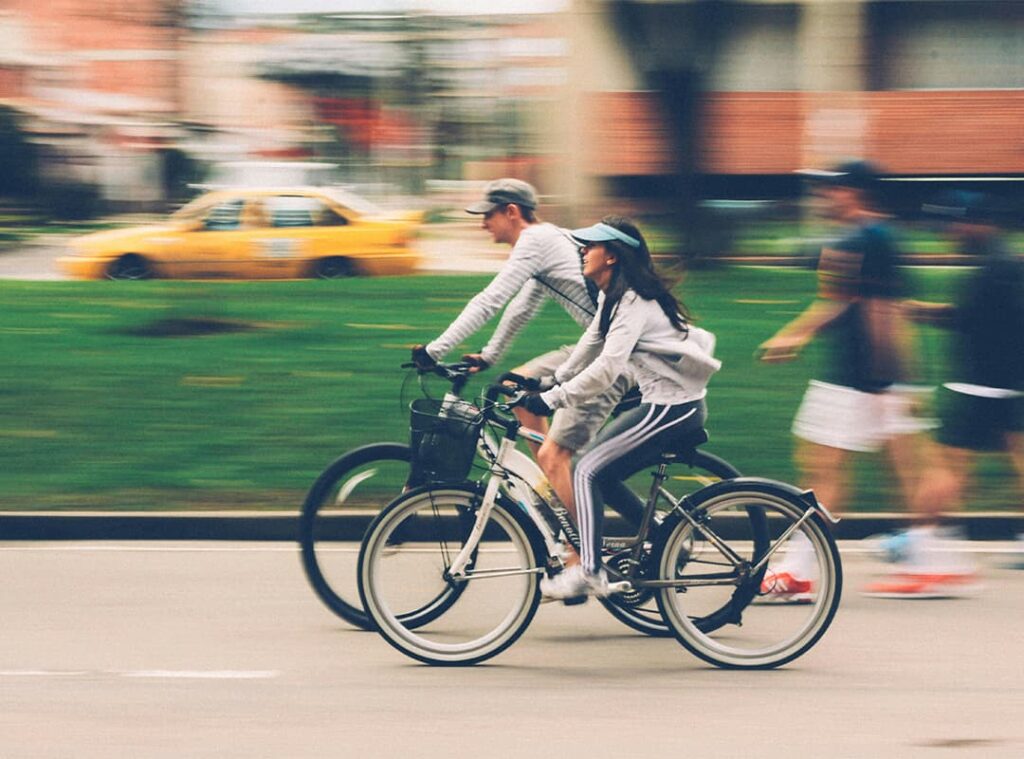Orienteering on bicycles can be conducted on a variety of terrain types. The main requirement is the presence of a dense network of trails, paths and roads, which offers athletes a challenging terrain orienteering task. Orienteering between controls is based on a combination of reading a map at high speed and correctly interpreting the maze of trails and roads.Due to environmental protection requirements, participants cannot leave the roads and trails.Bike orienteering is a relatively new type of orienteering. Its development began in the late 80s in countries where mountain biking is very popular. Nowadays, the popularity of orienteering on bicycles is also growing rapidly. In 2002, the first MTB World Championships were held in France.
MAP: The participant receives a map at the start that is specially adapted for MTB. The scale of the map can vary from 1:10000 to 1:30,000, and the cross-section of the relief is 2.5 to 10 meters.The map shows most of the details and main forms of relief in a simplified way, which helps the cyclist in choosing the path and orientation along the roads. At the same time, the network of roads and trails is shown in great detail. Special symbols for unpaved roads and trails are added to the highways.
COMPASS: As a rule, only a bulb is used from the compass, which is attached to the participant’s arm or to the map tablet.
MAP TABLET: This is a special map tablet that consists of a handlebar mount and a turntable. You can also attach the tablet to your chest, as in ski orienteering. The main purpose of the tablet is to free up your hands and allow you to read the map at speed.
HELMET: A hard hat is a mandatory safety requirement for cycling competitors.
BIKE: Participants usually use reliable mountain bikes. For safety reasons, the organizers must check the technical condition of the bike before the start (e.g., test the brakes).
REPAIR TOOLS AND SPARE PARTS: Participants may bring repair tools and spare parts with them and may be assisted by other participants. But they must not seek or receive outside help to repair their bikes.
Code of conduct for participants of orienteering competitions on bicycles.
- Participants should reduce their speed when encountering pedestrians or riders.
- Avoid damaging the roads by aggressive riding techniques, such as yo-yoing.
- When two cyclists meet:
- participants should, of course, part with left shoulders;
- any rider going uphill has the right of way;
- at an intersection, a cyclist approaching on a smaller (secondary) road must yield the right of way to any cyclist traveling on a larger (main) road.
At the intersection of equivalent roads, the participant who does not have an obstacle on the right has the advantage.
